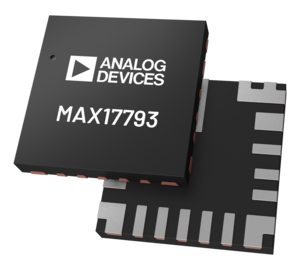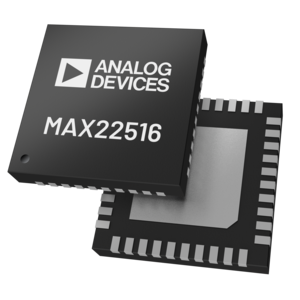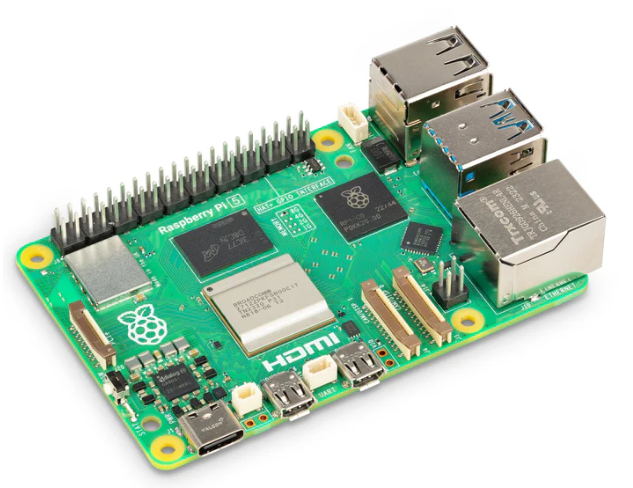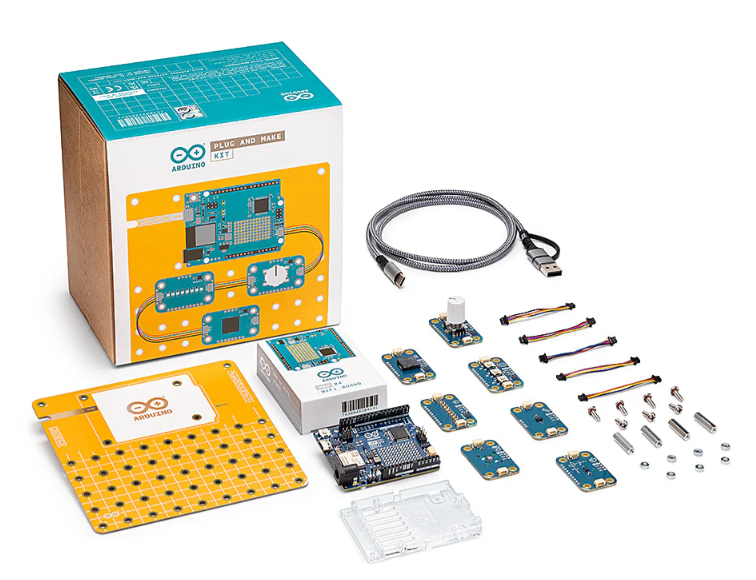Future e-textiles powered by tiny inkjet-printed energy stores
A study has demonstrated how ultra-thin, lightweight, and flexible energy storage devices can be inkjet-printed onto clothing, paving the way for the future of electronic textiles (e-textiles).
Researchers from Nottingham Trent University (NTU), the University of the West of England (UWE), and the University of Exeter have revealed that high-performance micro-supercapacitors can sustainably power e-textiles, supporting various health applications.
This innovative development allows electrodes to be printed directly onto the fabric of garments, delivering power to embedded wearable technologies without compromising the clothing's comfort or washability.
Supercapacitors, which store energy electrochemically, offer several advantages over traditional batteries. They charge and discharge more quickly, have longer lifespans, and are more cost-effective. The research, published in Advanced Functional Materials, highlights the benefits of using inkjet printing to layer two-dimensional (2D) materials, such as graphene, molybdenum disulfide (MoS₂), and hexagonal boron nitride (h-BN), to create micro-supercapacitors. These layered structures, known as heterostructures, enable efficient energy storage.
Two-dimensional materials are incredibly thin, consisting of only a single layer of atoms. This unique property gives them considerable potential in developing flexible, wearable power sources.
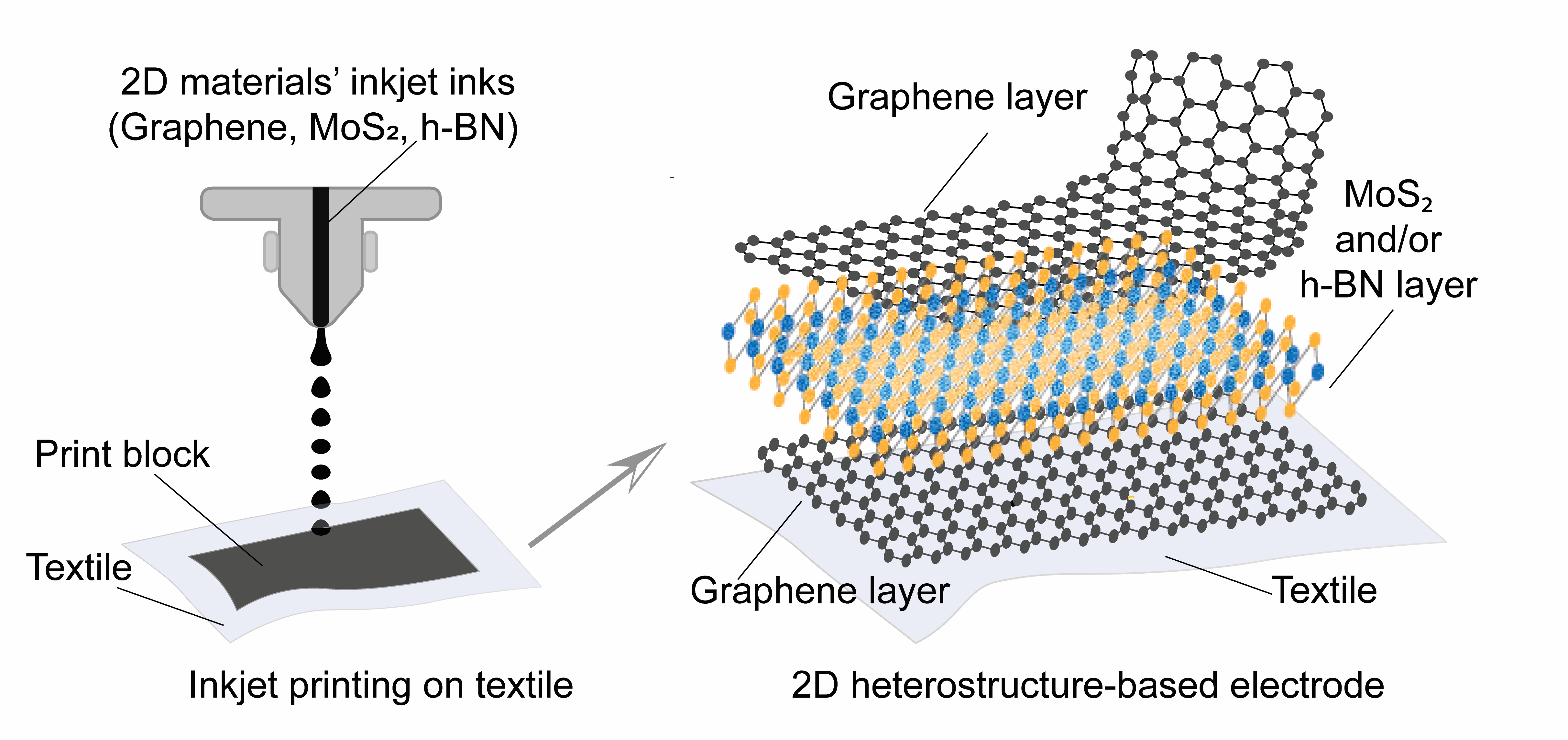
Professor Nazmul Karim, from the Nottingham School of Art & Design at NTU, who supervised the study, explained: “E-textiles are widely considered to be a promising healthcare solution which can help allow for the unobtrusive monitoring of human health to support diagnoses at the point of care. But the lack of thin and flexible power supplies has until now hindered the practical adoption of such products, so we wanted to develop ways to enable textile-based micro-energy storage devices to provide the energy that is needed. This research could open a new era in high-performance textile-based micro-supercapacitors which will power the future wearable e-textiles for personalised health care.”
The researchers concluded that inkjet printing is an ideal method for fabricating these heterostructures, as it offers high precision in depositing materials onto substrates such as textiles.
The study utilised graphene as a conductor, MoS₂ as a semiconductor, and h-BN as an insulator. The conductive graphene layers were printed on the top and bottom, while the MoS₂ and h-BN were sandwiched between them to enhance the performance of the micro-supercapacitors.
Dr Shaila Afroj, Associate Professor of Sustainable Materials at the University of Exeter, emphasised the significance of these findings: “The key challenge to wearable e-textiles is the requirement for a lightweight, flexible, and high-performance power supply unit. Supercapacitors or ultracapacitors have gained greater attention as energy storage devices compared to batteries, mainly because of their rapid charging and discharging rates, long cycle life, and cost-effectiveness. This study shows how inkjet printing is a promising and sustainable solution for the fabrication of fully smart, wearable, and eco-friendly supercapacitors for wearable electronics applications.”
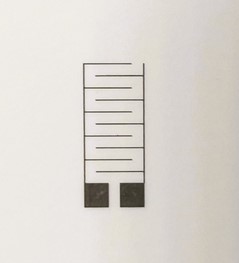 A photo of the supercapacitor
A photo of the supercapacitor
Dr Md Rashedul Islam, who completed his PhD at the Centre for Print Research (CFPR) at UWE Bristol and now serves as an Assistant Professor at the Bangladesh University of Textiles, added: “We have found that inkjet printing offers the possibility of producing high-quality prints with sharp details, making it an ideal choice for a wide array of printing applications. Incorporating MoS₂ or h-BN between graphene layers, according to our study, significantly improved the micro-supercapacitor’s performance, as the combination of materials enables the devices to act as hybrid supercapacitors. The study highlights the potential of these inkjet-printed heterostructure micro-supercapacitors as a viable power source for e-textiles, paving the way for advancements in personalised healthcare technology.”
This research marks a significant advancement in the development of sustainable, efficient, and wearable energy storage devices, offering potential for future applications in personalised healthcare and beyond.


